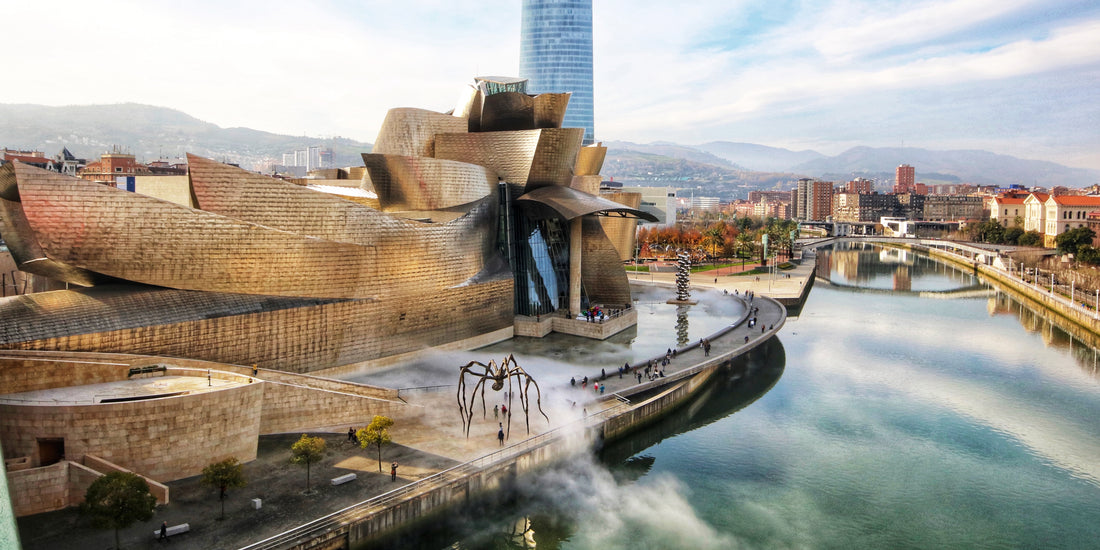In the heart of the Basque Country in Spain, the Guggenheim Museum Bilbao stands as a shining example of the transformative power of architecture and culture. Since its opening in 1997, this remarkable museum has revitalized the city of Bilbao, turning it into a thriving cultural destination and global icon of contemporary architecture. The museum's success has inspired cities worldwide to attempt similar urban transformations through ambitious cultural projects. In this blog, we delve into the origins of the Bilbao Effect, the city's journey from an industrial hub to a flourishing cultural center, and the valuable lessons that can be learned from its extraordinary story.
The Bilbao Effect: A Definition

The term "Bilbao Effect" emerged in response to the overwhelming success of the Guggenheim Museum Bilbao, which sparked a dramatic urban transformation. It refers to the phenomenon whereby a city undergoes significant economic and cultural revitalization as a result of a single, iconic architectural project. In the wake of the Guggenheim Museum's impact on Bilbao, cities around the world have sought to replicate its success through similarly ambitious cultural endeavors.
Bilbao's Transformation: From Industrial to Cultural Hub

Bilbao's history as an industrial center dates back to the 19th century, with a strong focus on steel production, shipbuilding, and other heavy industries. However, by the late 20th century, the city faced a period of economic decline, marked by high unemployment and a deteriorating urban landscape. In an effort to reverse this downturn, the Basque government, in collaboration with the Solomon R. Guggenheim Foundation, set out to reinvent Bilbao as a world-class cultural destination.
The Guggenheim Museum Bilbao was central to this ambitious plan. Designed by renowned architect Frank Gehry, the museum became a powerful symbol of the city's rebirth and the catalyst for its transformation. As a result, Bilbao has experienced a remarkable turnaround, with increased tourism, job creation, and infrastructure development, cementing its new identity as a thriving cultural hub.
The Architectural Marvel: Frank Gehry's Vision

A key factor in the Guggenheim Museum Bilbao's success is its groundbreaking design by visionary architect Frank Gehry. Known for his innovative and unconventional approach to architecture, Gehry created a building that has captured the imagination of millions. With its swooping titanium curves, unique spatial configuration, and innovative use of materials, the Guggenheim Museum Bilbao stands as a testament to Gehry's genius.
The museum's iconic design not only complements Bilbao's existing cityscape, but it has also become a symbol of the city's regeneration and a source of inspiration for architects and urban planners worldwide. The Guggenheim Museum Bilbao is a shining example of how thoughtful, innovative architecture can profoundly impact a city's identity and success.
Economic and Social Impacts of the Guggenheim Museum Bilbao

The Guggenheim Museum Bilbao has generated far-reaching economic and social benefits for the city. Since its opening, tourism in Bilbao has increased exponentially, creating new jobs and injecting significant revenue into the local economy. The museum's presence has also spurred investments in infrastructure, including an expanded airport, improved transportation systems, and the development of other cultural attractions.
Moreover, Bilbao's new identity as a cultural hub has attracted creative industries and bolstered civic pride among its residents. The city's transformation has fostered a vibrant arts scene, with new galleries, museums, and performance spaces emerging in its wake.
The Art Inside: A World-Class Collection



